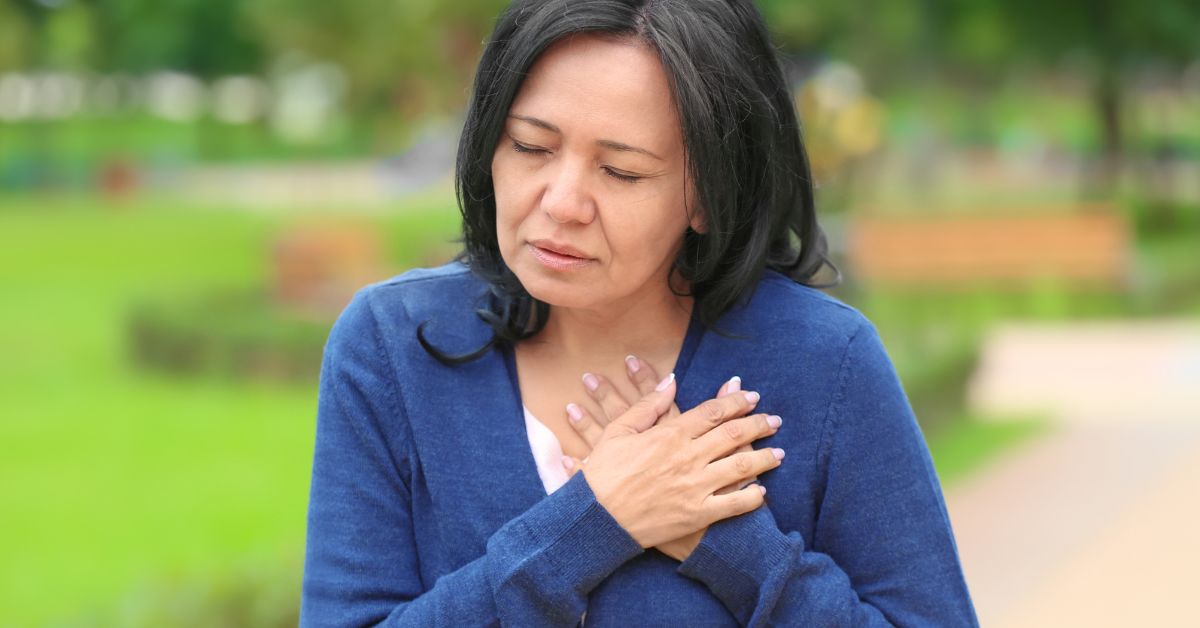While heart attack and cardiac arrest are often used interchangeably, there is a big difference between how these two frightening and life-threatening conditions affect a person and their heart. There are also differences in symptoms and how to treat them.
Knowing the differences when they occur and, more importantly, how to prevent them, can be the difference between life and death.
What is a heart attack?
A heart attack occurs when a blocked artery prevents oxygen-rich blood from reaching a section of the heart. If the blocked artery is not reopened quickly, the part of the heart normally nourished by that artery begins to die. The longer a person goes without treatment, the greater the damage.
What is cardiac arrest?
Sudden cardiac arrest occurs suddenly and often without warning. It happens when an electrical malfunction in the heart causes an irregular heartbeat, or arrhythmia. With its pumping action disrupted, the heart can’t pump blood to the brain, lungs and other organs. When this occurs, a person loses consciousness and has no pulse. Death occurs within minutes if the victim doesn’t receive treatment.
What are the signs and symptoms?
Symptoms of a heart attack may be immediate and intense or start slowly with mild symptoms. It’s important to note that it’s also possible to have mild symptoms or even no symptoms at all and still have a heart attack. Unlike with sudden cardiac arrest, the heart usually doesn’t stop beating during a heart attack. Signs can include chest pain, fatigue, shortness of breath, dizziness or indigestion.
Signs of a cardiac arrest are severe and immediate. They can include a sudden collapse, loss of pulse, stoppage of breathing and loss of consciousness. When these symptoms occur, fast response is critical. Survival can be as high as 90 percent if treatment starts within the first minutes after sudden cardiac arrest. The rate drops by about 10 percent each minute longer. Sudden cardiac arrest can be fatal if it lasts longer than eight minutes without CPR. And rain damage can happen after just five minutes.
If you see someone who’s experiencing these symptoms, especially if they are unconscious and not breathing, call 911 or local emergency services. Then start CPR. The American Heart Association recommends doing CPR with hard and fast chest compressions. You can also use an automated external defibrillator, called an AED, if one is available.
How are heart attacks and cardiac arrests treated?
Heart attack treatments can vary based on the severity. Calling 911 is always the first step. If the patient has lost consciousness, providing CPR may be necessary as directed by the 911 dispatcher. In lower-risk situations, taking a chewable aspirin or nitroglycerin, if they has been prescribed, can help.
For a cardiac arrest, it is critical that treatment begin immediately. Call 911 and begin performing CPR. If an automated external defibrillator (AED) is available, it can be used as well. Seconds count in a cardiac arrest event, so do not stop performing CPR until help arrives.
Can I prevent a heart attack or cardiac arrest?
The American Heart Association recommends simple lifestyle changes to reduce your risk of heart disease.
- Stop smoking
- Choose good nutrition
- Manage high blood cholesterol
- Lower high blood pressure
- Be physically active
- Aim for a healthy weight
- Manage diabetes
- Get enough sleep
- Reduce stress
- Limit alcohol
Ultimately, the best way to prevent heart disease is to work your primary care provider to recognize and address any health issues and adopt a healthy lifestyle. Simple changes can have a big impact on your hearth health and lead to an overall healthier you!
Learn about the heart and vascular services we provide at Mercy Health.






